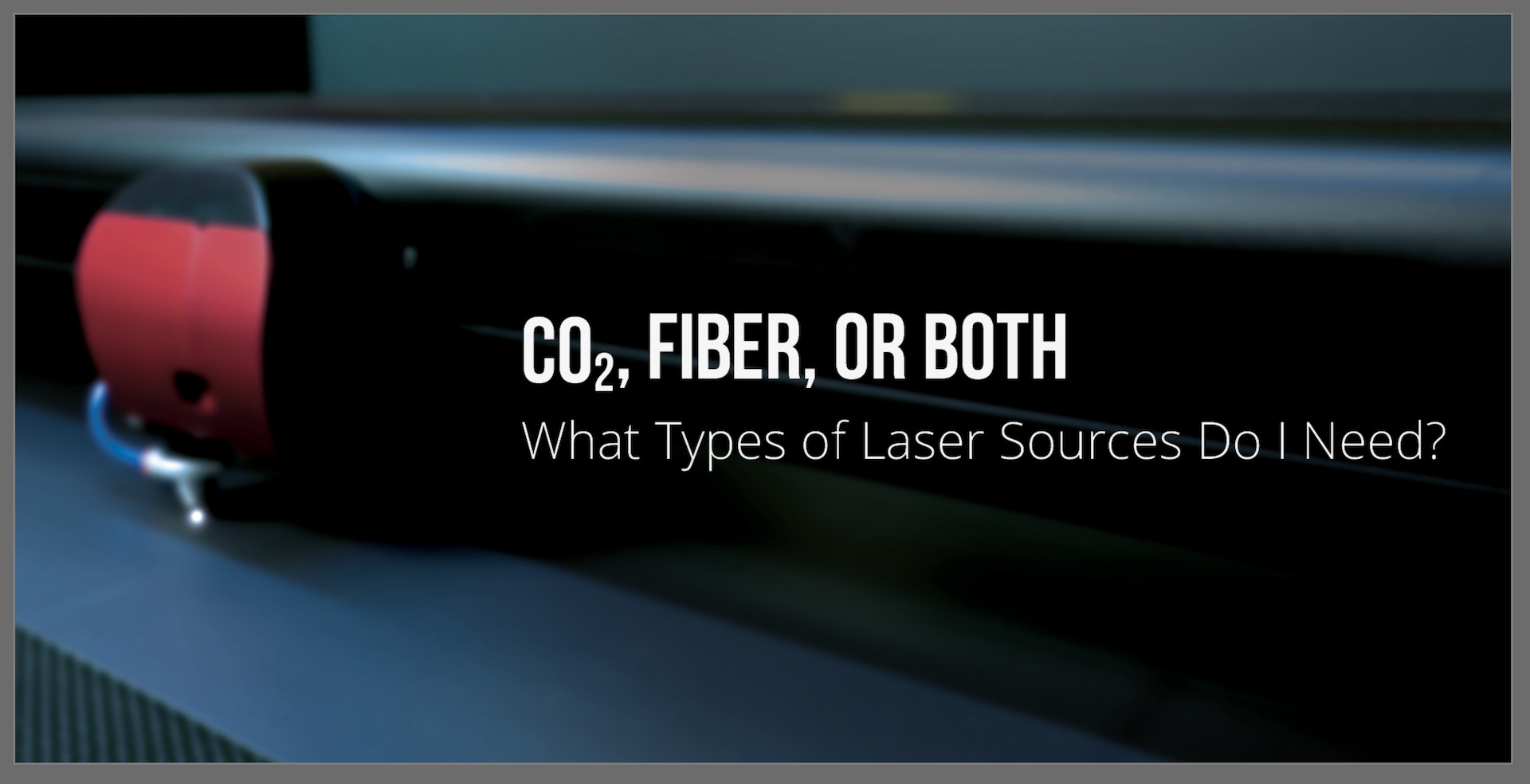The focused energy from a CO2 laser below 200 watts is used primarily for processing organic materials, but it can do some processing of inorganic, non-metallic materials. With high enough laser power density achieved by using special optics, CO2 lasers at these power levels can also mark some metals. Here are the processes and materials CO2 lasers are used for:
CO2 Cutting and Marking/Engraving
For cutting with 150 watts or less, a practical maximum thickness limit from .125 inch (3.2mm) to 1.0 inch (25.4mm) applies to many organic materials. The limit varies greatly depending on material density and composition. Some low-density foam materials up to 2.0 inches (50.8mm) thick can also be cut. The maximum thickness for cutting and speed of processing are heavily influenced by the amount of applied laser energy, so more power (75–150 watts) is recommended for processing thicker material or for higher productivity.
The following materials are suitable for CO2 laser cutting, engraving, and marking:
- Composites (if metal or other inorganic content is minimal)
CO2 Marking/Engraving (No Cutting)
Numerous materials can be marked or engraved with CO2 laser energy below 200 watts because there is enough laser energy for noticeable surface interaction but not enough energy to penetrate all the way through a material for cutting. Generally, if a material is inorganic and heat resistant (doesn’t melt or has a very high melting point), it cannot be laser cut with a CO2 laser rated under 200 watts.
The following materials are suitable for CO2 laser marking and, in some cases, shallow engraving:
- Steel and Titanium (surface marking)
Metal marking is difficult with CO2 lasers because metal reflects or conducts most of the laser energy away from the focal point. To make steel and titanium surface marking possible with laser power as low as 25 watts, Universal Laser Systems (ULS) developed and patented exclusive High Power Density Focusing Optics (HPDFO™) that concentrate laser energy by focusing it to a significantly smaller focal spot size than possible with any standard optical system. Concentrating laser energy into a smaller spot dramatically increases power density to overcome the energy loss of reflection and conduction, enabling steel and titanium marking. Learn more about HPDFO.

